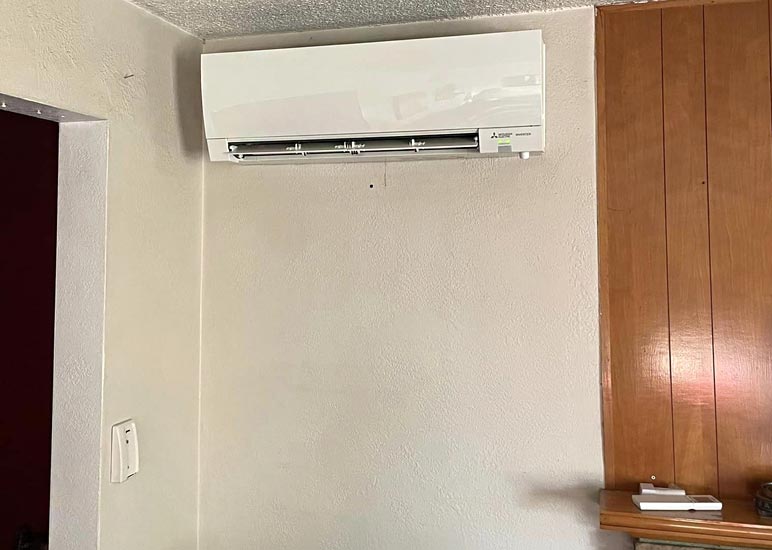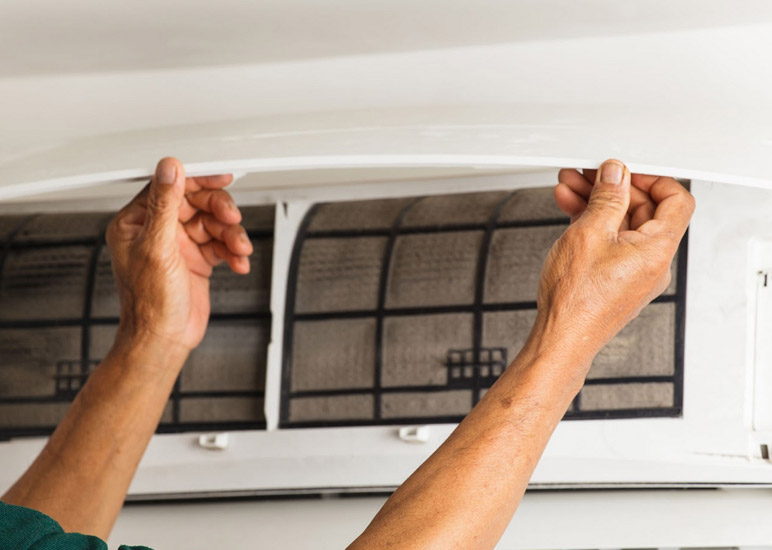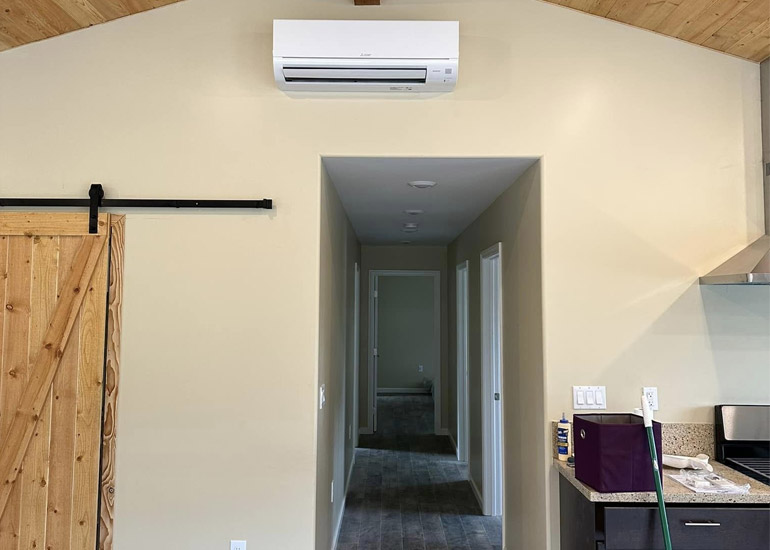 In schools and homeschool settings, we do everything that we can to help promote learning and give children the environment they need to succeed. It turns out that air quality is a larger part of student success than you may have imagined. New research has found that several different aspects of indoor air quality have dramatic impacts on student performance and attendance at school.
In schools and homeschool settings, we do everything that we can to help promote learning and give children the environment they need to succeed. It turns out that air quality is a larger part of student success than you may have imagined. New research has found that several different aspects of indoor air quality have dramatic impacts on student performance and attendance at school.
Temperature
Research has found that children perform best in schools that are kept at 72 degrees Fahrenheit. Higher and lower temperatures negatively impact their performance. When you think about it, that just makes sense. It is hard to concentrate and do any kind of mental task when you are uncomfortable, and temperature is a major factor in our physical comfort.
This effect may be more substantial than you think. One study from the University of Tulsa found that changing the classroom temperature from 81 degrees Fahrenheit to 72 degrees improved student’s scores in memory and cognitive ability from 72 percent to 90 percent. It seems that temperatures that were too hot had a bigger negative impact than being too cold, but colder temperatures than 72 degrees Fahrenheit still had negative impacts on the children’s scoring.
Humidity
Humidity also has a large impact on our physical comfort and, therefore on our ability to concentrate. In winter, low humidity makes our skin, eyes and nose dry. In summer, high humidity makes the effects of high heat more intense and makes breathing uncomfortable. Schools should invest in humidifiers and dehumidifiers to control humidity and make students more comfortable.
High humidity also creates mold conditions, which the EPA surmises increases respiratory discomfort for students with asthma and increases the number of days that they take off from school. Controlling humidity, combined with air purification to remove mold spores, are good options to reduce the impact of mold.
Ventilation
Not all classrooms are properly ventilated. Research from the EPA has found that increasing air ventilation in classrooms reduces absenteeism. Specifically, for every 1,000 ppm of carbon dioxide you can remove from classroom air, you’ll see between five to ten fewer absences per 1,000 students. The closer indoor carbon monoxide levels can be to outdoor carbon monoxide levels, the better for student absences.
Classrooms that have poor outdoor ventilation rates, near 7 cfm per person, should consider increasing their ventilation to 13-15 cfm per person, which are the ventilation standards of ASHRAE. The EPA suggests that this doubling of ventilation could improve test scores of children by about ten percent.
Air Purification
Research has also found that common air contaminants also negatively impact children in school environments. The EPA lists these potential air contaminants as concerns:
- Animal allergens
- Pollen and other allergens
- Chemicals from cleaning products
- Moisture and dirt from unclean HVAC systems
- Formaldehyde
- Combustion by-products
You can use air purification and ventilation to remove these pollutants from the air.
Wherever a student is working, whether it’s at school or at home at their kitchen table, it is important to provide adequate air quality to help them succeed.





